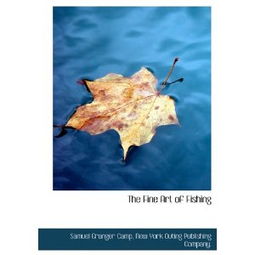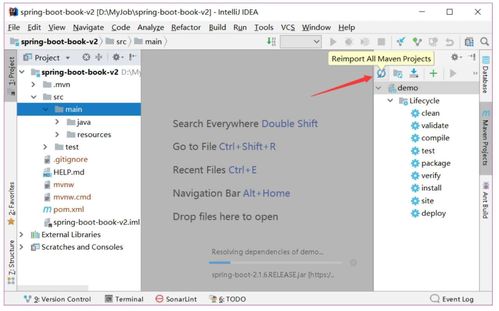Content:
Introduction: Fishing for silver carp fry, also known as bream fry, can be a challenging yet rewarding endeavor. These small, freshwater fish are a delicacy in many Asian cuisines and are sought after by anglers for their taste and the thrill of the catch. In this article, we delve into the intricacies of fishing for bream fry, providing you with a comprehensive video guide on the best techniques to ensure a successful outing. Whether you are a seasoned angler or a beginner, this guide will equip you with the knowledge and skills needed to master the art of catching bream fry.
Choosing the Right Equipment: Before you set out on your fishing adventure, it's crucial to have the right equipment. Here's a rundown of the essential gear you'll need:

- Rod and Reel: A lightweight spinning rod with a sensitive tip is ideal for catching bream fry. A matching spinning reel with a good drag system will help you handle the fight.
- Line: Use a monofilament line with a thickness of 0.8 to 1.2 pounds (0.36 to 0.54 kg) to ensure it's strong enough to handle the fish but not too heavy to spook the fry.
- Hooks: Small, sharp hooks with a size ranging from 6 to 10 are perfect for bream fry. The smaller the hook, the less likely it is to damage the fish.
- Lures and Baits: Artificial lures like small jigs, spinners, and grubs can be effective, but natural baits such as worms, insects, or small pieces of fish flesh are often more appealing to bream fry.
Understanding Bream Fry Behavior: To catch bream fry, you need to understand their behavior. Here are some key points to consider:
- Habitat: Bream fry are often found in shallow waters, near reeds, lily pads, or other aquatic vegetation. They are also known to congregate in schools, so locating a school of fry can significantly increase your chances of a successful catch.
- Feeding Patterns: Bream fry are opportunistic feeders and will eat a variety of foods, including insects, small fish, and plant matter. They are most active during dawn and dusk, so these are the best times to fish.
- Sensitivity: Bream fry are sensitive to changes in water quality and movement, so it's important to approach the water with care and use a gentle technique when fishing.
The Art of Casting: Casting is a fundamental skill in fishing for bream fry. Here are some tips to help you improve your casting technique:
- Use a gentle, overhead cast to avoid spooking the fry. Aim to land your lure or bait softly on the water's surface.
- Practice your casting in a wide, open area to get a feel for the distance and accuracy of your cast.
- Pay attention to the wind conditions. If the wind is blowing strongly, consider using a more powerful rod or adjusting your casting technique to compensate.
The Technique of Baiting: Once you've cast your bait or lure, it's time to work it effectively:
- If using a natural bait, let it sink to the desired depth and then gently twitch it to mimic the movement of a struggling prey.
- With artificial lures, vary your retrieve speed and direction to entice the fry. A slow, steady retrieve can be effective, as can a series of short, sharp twitches.
- Be patient. Bream fry can be picky eaters, so it may take some time to get them to bite.
The Importance of Patience and Observation: Fishing for bream fry requires patience and observation. Here's why:
- Patience: Bream fry can be elusive, and it may take time to locate a school or get them to bite. Don't get discouraged; the wait can be worth it.
- Observation: Pay attention to the water's surface and the behavior of the fry. Look for signs of feeding activity or movement that indicates the presence of bream fry.
Catching and Handling Bream Fry: Once you've caught a bream fry, it's important to handle it with care:
- Use a soft, wet grip to prevent damaging the fish's scales and gills.
- If you plan to release the fish, do so quickly and gently to minimize stress.
- If you're keeping the fish for consumption, ensure you handle them carefully to maintain their quality.
Conclusion: Fishing for bream fry can be a fulfilling experience with the right techniques and mindset. By following the comprehensive video guide provided in this article, you'll be well-equipped to tackle the challenges of catching these delicious fish. Remember to approach the water with respect for the environment and the fish, and enjoy the tranquility and excitement of the sport. Happy fishing!












